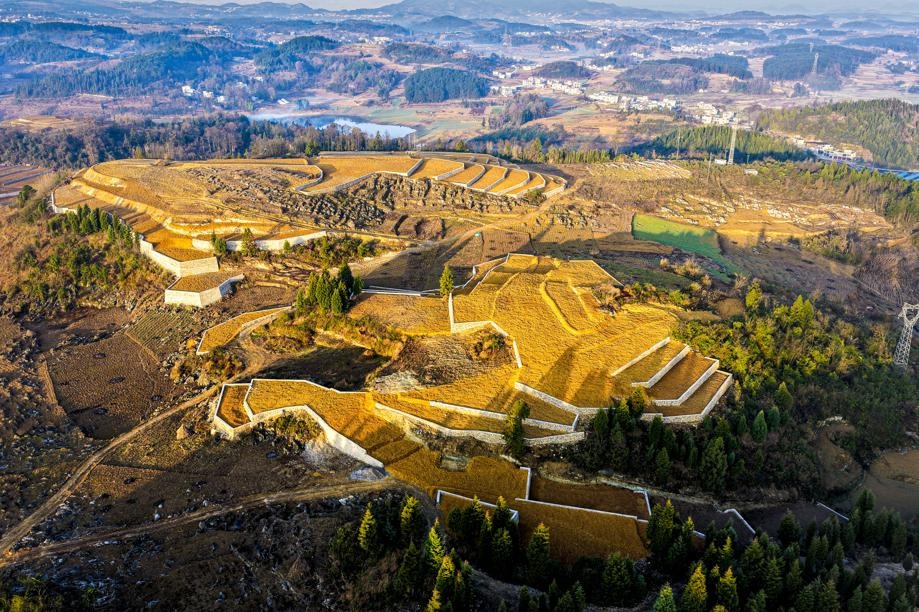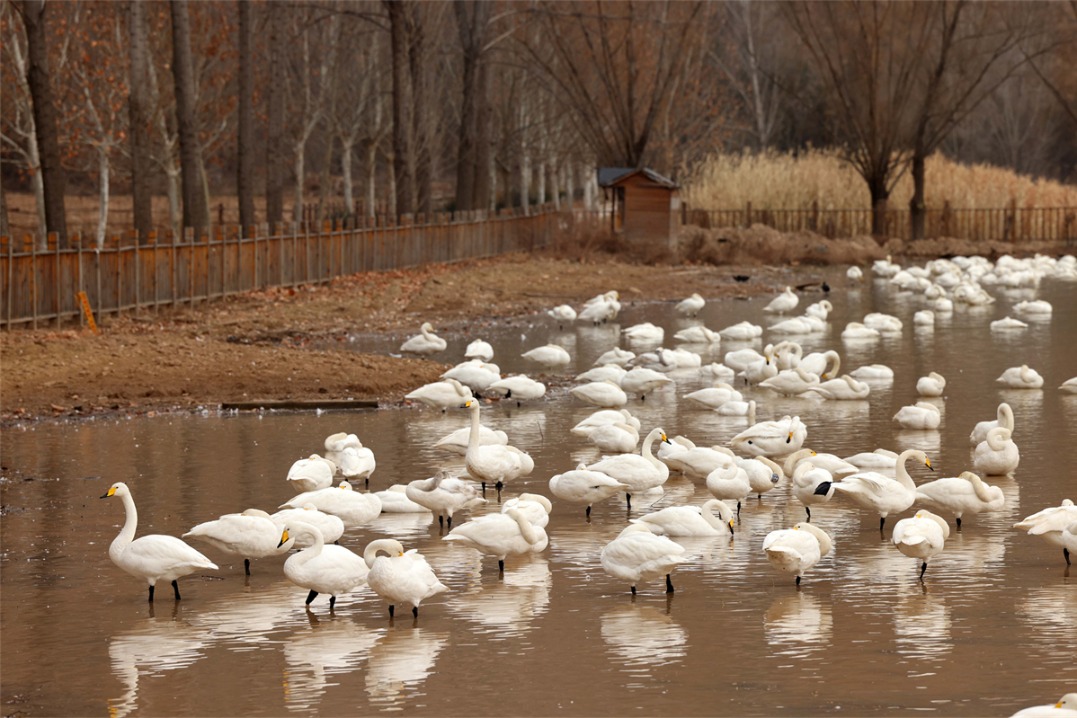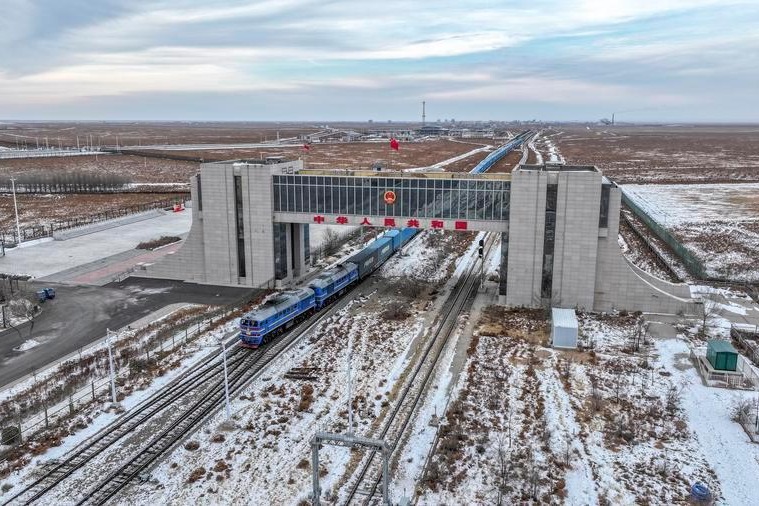New measures to ensure food security, help farmers


China has unveiled a master plan for the modernization of the agricultural sector and rural areas through 2025, as the government ratchets up measures to ensure food security, helps farmers bolster incomes and consolidates the outcomes of its poverty reduction campaign.
The plan, published by the State Council-China's Cabinet-on Feb 11, highlighted the need to ensure national food self-sufficiency and involve small farmers in modern agricultural practices.
Key goals include steadily improving grain production capacity and maintaining annual grain output at a level higher than 650 million metric tons.
To improve quality, efficiency and competitiveness in the agricultural sector, the central government will enforce the protection of arable land and push forward the creation of high-quality farmland, the guideline said.
Zheng Fengtian, a professor of rural development at the Renmin University of China, said the document has made ensuring food security a top priority to further the growth of the agricultural sector.
He explained that the national demand for staple foods will continue to rise in the near future, and thus there could be no complacency in grain production.
Zeng Yande, head of the development and planning department at the Ministry of Agriculture and Rural Affairs, told a news conference in December that agricultural technology, especially seeding technology, remained the most important solution to increasing output, as the improvement of varieties was the most significant factor in the increase in crop yields in recent years.
The guideline also highlighted challenges that must be addressed, including the large area of degraded farmland, a lack of innovation in seeding technology and excessive use of fertilizers and pesticides that have resulted in pollution in rural areas.
With the aging of China's rural population, the guideline also stressed the importance of bridging the income gap between rural and urban residents and strengthening rural infrastructure and public services.
With over 500 million of the nation's more than 1.4 billion population still living in rural areas, Zheng said a key policy objective is to narrow the gap in public services-including education, healthcare and elder care-between urban and rural areas.
In this regard, the policy document outlined measures such as bolstering access to preschools, strengthening the rural healthcare system and developing a tiered aged care network in counties, townships and villages.
Services catering to children, women, seniors and the disabled will be reinforced, and more social workers will be encouraged to provide assistance.
The improvement of the environment in the countryside is another policy priority, as the guideline pledged to renovate more toilets for rural families in western and central regions.
The treatment of sewage and household garbage will be pushed to improve the sanitation levels in such areas.
Liu Huanxin, head of the National Administration for Rural Vitalization, told a news conference in December that China has renovated the toilets of over 40 million rural households since 2018-when a three-year action plan was launched-and close to 70 percent of rural households now have access to hygienic toilets.
To usher in a green, low-carbon transformation in the agricultural sector, the government will gradually phase out the use of pesticides with high toxicity and encourage the use of green technologies instead. The circular use of waste from agricultural production, such as feces from livestock farms and paddy straw, will be encouraged.
Zheng said the alignment between the poverty alleviation campaign and the rural vitalization strategy is another highlight of the document, as preventing the recurrence of poverty remains a daunting task in the common prosperity drive.
"As the common prosperity drive is scaled up, the most difficult part lies in rural areas. Thus, there is still immense work to be done to consolidate the outcomes of poverty alleviation and enable rural residents to live better lives," he said.
The guideline stressed the need to ensure the stability of policy packages for groups that have been lifted out of extreme poverty and come up with more refined aid mechanisms, including expanded social aid programs and preferential support policies.




































